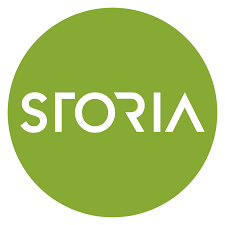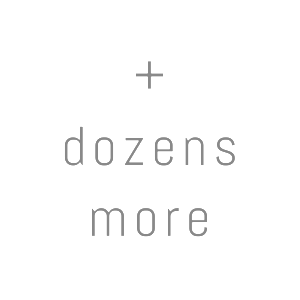We help brands make $3+ for every $1 they spend on digital ads.
Trusted By:

Why Us?
Charges Every Client A Flat Rate
Instead of charging a percent of ad spend, every STORIA client pays the same rate, so we never prioritize one over another.
Delivers Easily Understood Handwritten Reports
We deliver handwritten weekly and monthly reports in layman’s terms that even your grandma can understand.
Drives Results That Clearly Impact The Bottom Line
Our Growth Advertising Method averages a 3X Return On Ad Spend across 100+ companies and counting.
Are Brutally Honest With Our Clients
We push back when we believe in a different idea and are radically transparent about pricing, data, & methods from day one.
Are Subject Matter Experts, Not Jack Of All Trades
By offering only three services, we are focused on delivering results and not upselling you new services to make a buck.
We Keep Creativity & Strategy Under One Roof
Our magic happens when performance data from the strategy team is used in the creative process.















